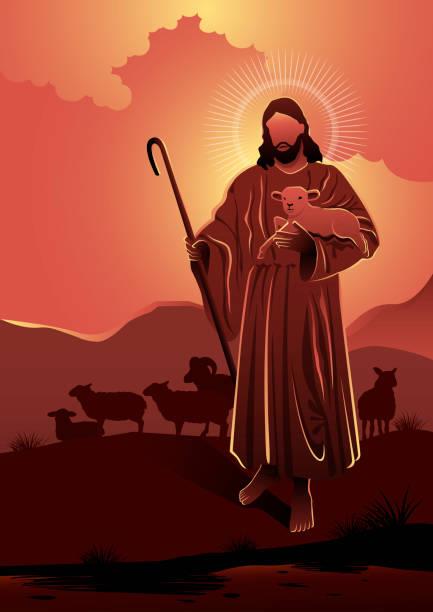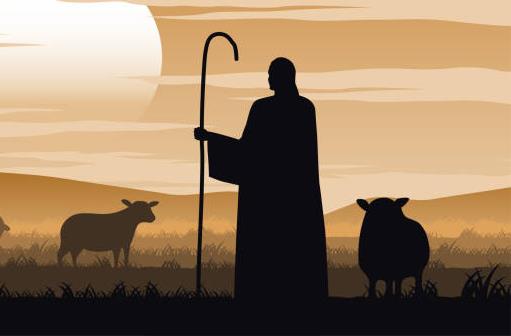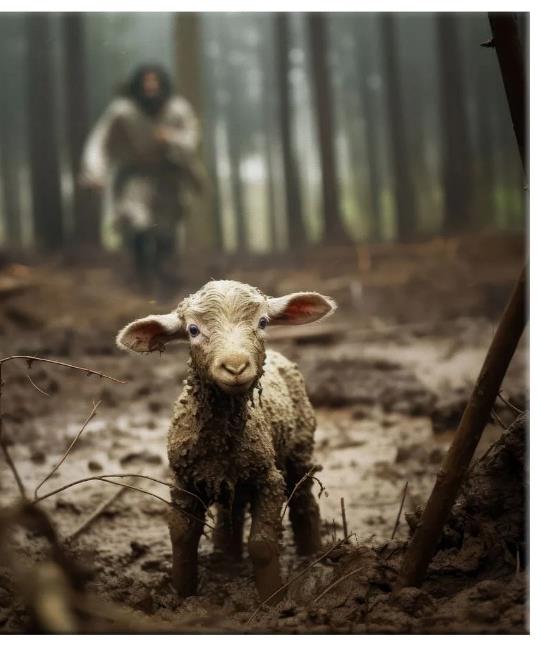Hesston Mennonite Church Shepherd Program
Celebrating that we are a “community of God’s people, seeking and following the way of Christ, experiencing and sharing the good news of healing and hope”, we seek to engage and support those who choose to be part of our congregation (our community) through a formal structured Shepherd Program under the auspices of the Caring Ministry Team.
Spiritual Context
The Bible has more than 200 references to shepherds and shepherding. Shepherds guard, guide and feed their flock. The
New Testament mentions shepherds 16 times. They were among the first to visit Jesus at His birth (Luke 2:8-20 ). Some New
Testament references used a shepherd and the sheep to illustrate Christ’s relationship to His followers who referred to Him as “our Lord Jesus, that great shepherd of the sheep” (Hebrews 13:20 ). Jesus spoke of Himself as “the good shepherd” who knew His sheep and would lay down His life for them (John 10:7-18 ). Paul likened the church and its leaders to a flock with shepherds (Acts 20:28 ). The Latin word transliterated “pastor” means shepherd.
Acts 20:28 will serve as a charge to those affirmed to serve as HMC shepherds:
So guard yourselves and God’s people. Feed and
shepherd God’s flock — his church, purchased with his
own blood — over which the Holy Spirit has appointed you as leaders.

In this passage, Paul encouraged the elders in Ephesus (just as he urges church-leaders today), to stand firm in the faith, to guard their spiritual well-being, to care for God’s people, and to feed the flock of God. And they were also exhorted to shepherd the Body of Christ which is the Church, reminding them (and us) that we were purchased with His own precious blood on Calvary’s Cross.
This program will be supported by lay leaders of the congregation who receive specific training and guidance to serve in the shepherd role. Each family unit of the congregation will have an assigned shepherd to offer support and nurture for their spiritual life through Hesston Mennonite Church.
Hesston Mennonite Church Background

Historically, HMC has been viewed a large church with participants affiliated with the Hesston and area community, Schowalter Villa and Hesston College. While some congregants have natural connections in the church beyond the Sunday morning worship service, such as Sunday School classes, Wednesday night activities or music, some do not. We are also aware that post- COVID, some engage with the congregation in nontraditional, less visible ways, but still consider HMC to be “their church.” The HMC Shepherd program will help to assure that all family units in the congregation have a friend, spiritual advocate and cheerleader at church.
Structure
- The Shepherd Program concept will be explained to the congregation with an invitation for volunteers to serve as shepherds.
- Those seeking to serve as a shepherd must be vetted by the HMC pastors and screened by the same background check used for those serving in our Christian education program. Those serving in this role must be spiritually mature and actively engaged in the congregation.
- Training for shepherds will include an initial orientation coordinated by the HMC pastors and members of the Caring Ministry Team. Topics may include effective listening techniques, visitation suggestions, prayer guidance and crisis response training. It is fully acknowledged that shepherds will come to this role with varying degrees of background in human interaction. Shepherds are not expected to serve the role of a credentialed pastor or licensed therapist. If a family unit in the flock of a shepherd shares a crisis or critical need situation with the shepherd it is suggested that the shepherd share that this situation is beyond their ability to be helpful and that the shepherd would like to share the situation with one of the HMC pastors.
- At quarterly shepherd check-in meetings, shepherds will be invited to share composite summaries (without names) of the nature of their work in the interest of becoming aware of congregational patterns and trends. The primary training resource for shepherds will be “The Caring Congregation Ministry” by Karen Lampe and Melissa Gepford. 5. 6. 7. 8.
- All family units in the congregation will be assigned a shepherd with a maximum of 15 family units per shepherd. Family units will include those who are members and those who have become actively engaged, as reviewed with the pastors at the quarterly shepherd check-in meetings.
- Shepherds will be expected to have at least one in-person visit annually with each family unit in their flock. This annual visit is not intended to be perceived as an inquisition. Rather, this is an intentional time to explore what is going well for this family in terms of their relationship with HMC and their spiritual jouney in general, what could be improved in these areas and any other comments they would like to share.
- Shepherds should also be available to engage with members of their flock at times of celebration (wedding, birth, graduation, retirement) and concern (death of a loved one, serious illness, divorce) or a change in church involvement (decrease in attendance or participation in the life of the church). As noted in item 3 above, the shepherd should advise one of the HMC pastors of critical or crisis concerns, with the permission of the family unit.
- It is recommended that shepherds commit to a minimum term of 2-years of service.
Summary
It is anticipated that the HMC Shepherd Program will evolve, with changes to this initial structure. We believe that this ministry is consistent with the HMC desire to be “in community” with each other and consistent with our Mennonite doctrine of the “Priesthood of Believers”, that as believers we have the right and authority to apply the teachings of the Scriptures. The role of “shepherd” does not fall to ordained pastors alone. Through this program we choose to breathe life into our common call and response of “Who is the Church ? We are the Church !”
“I am the good shepherd; I know my own sheep, and they know me…”
-John 10:14


